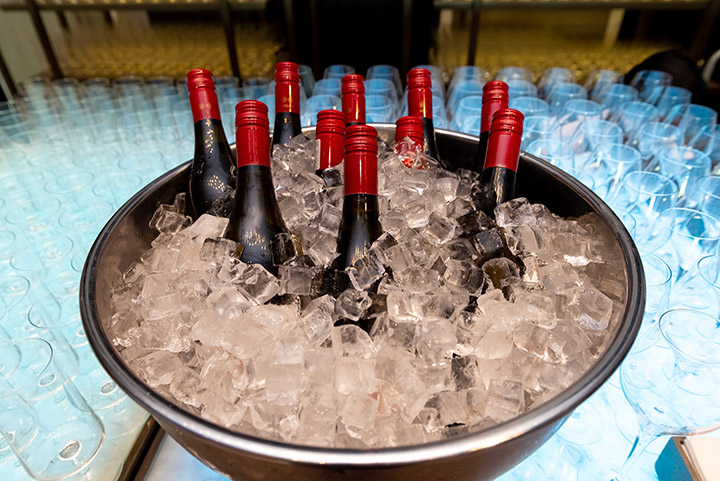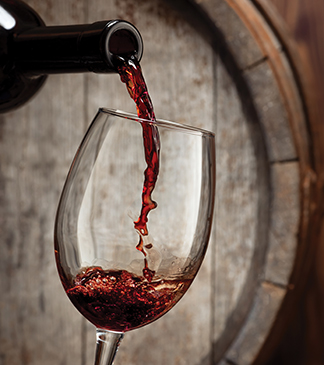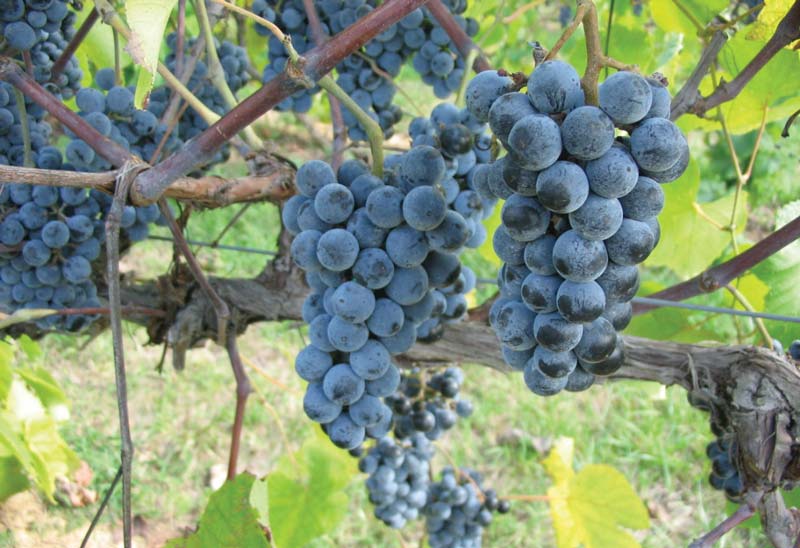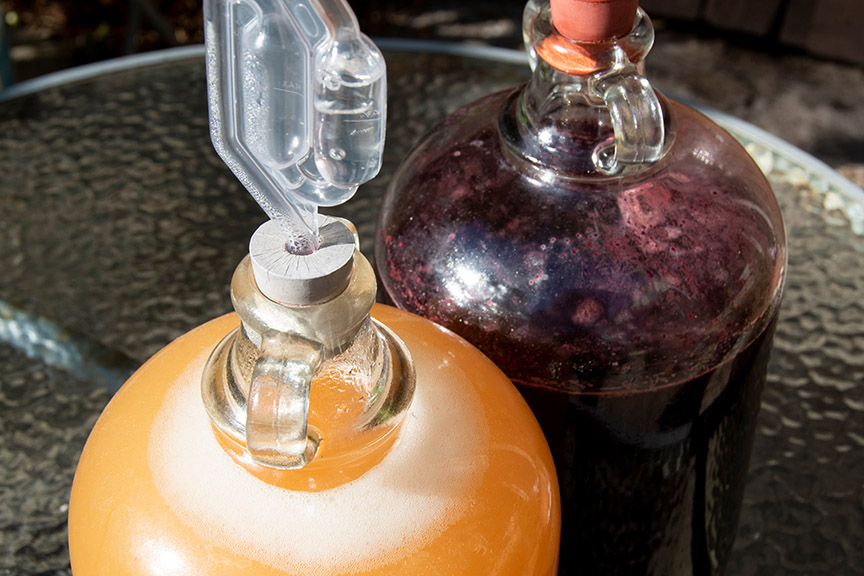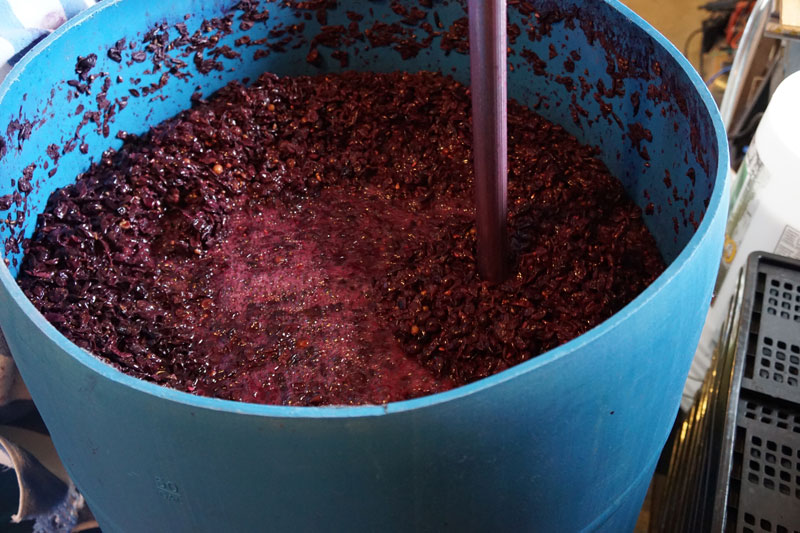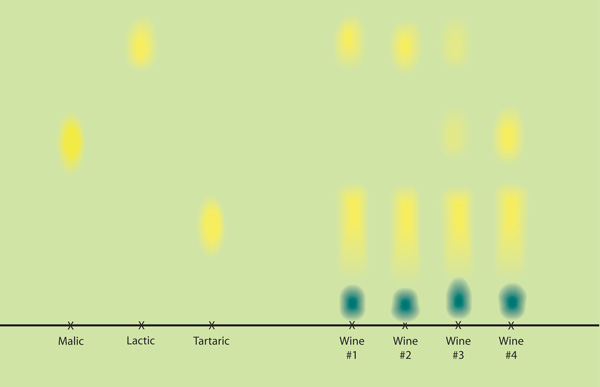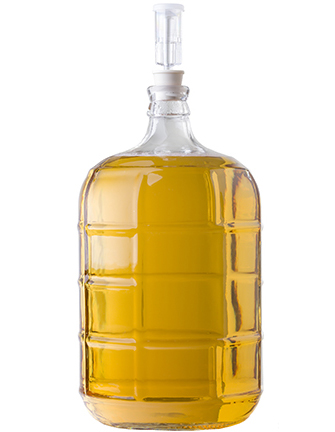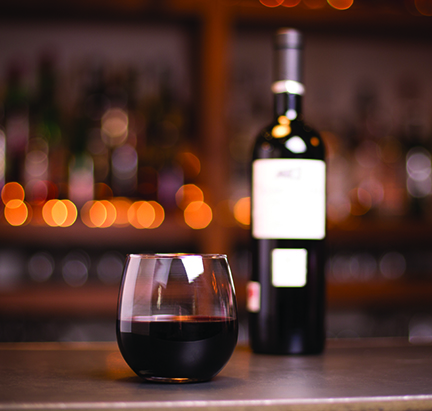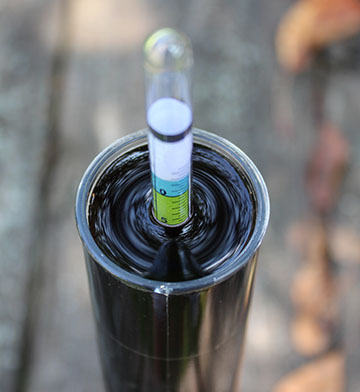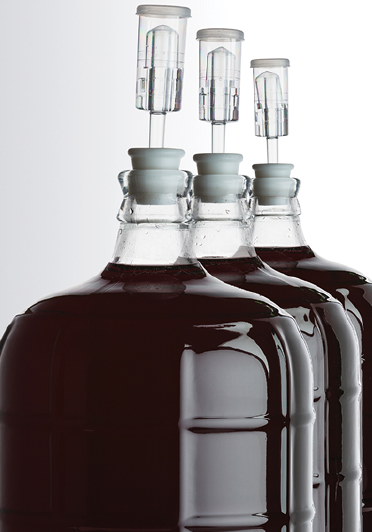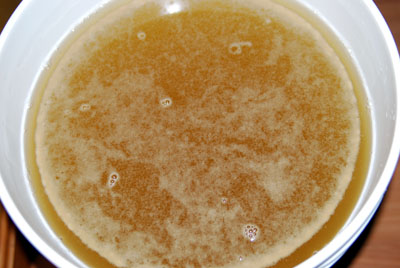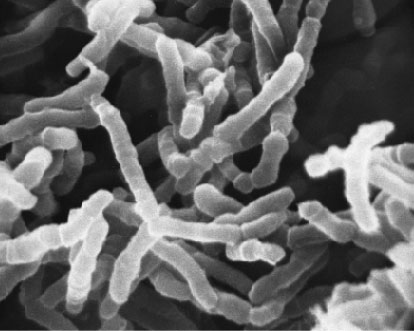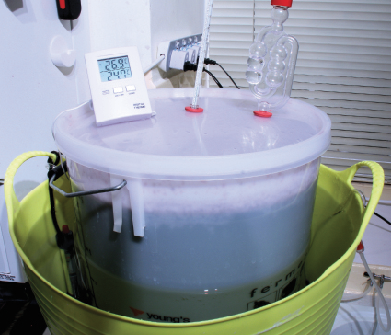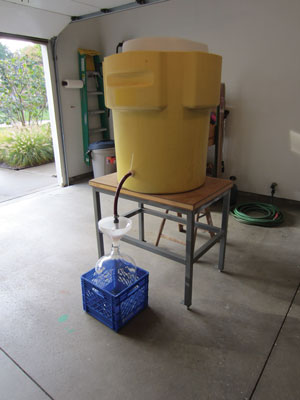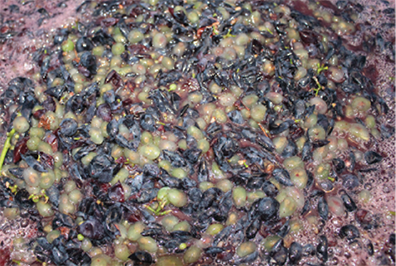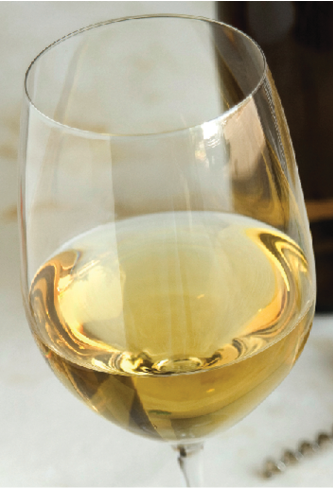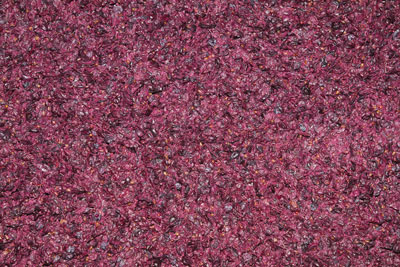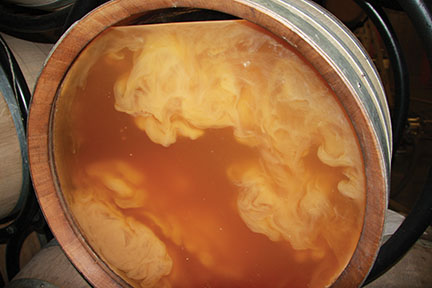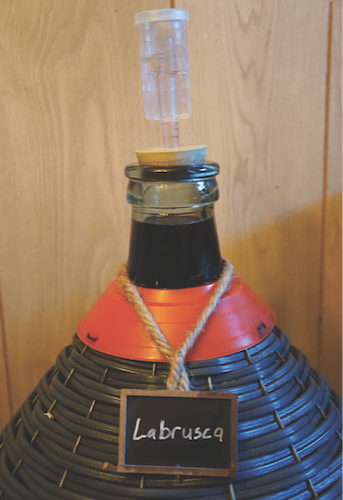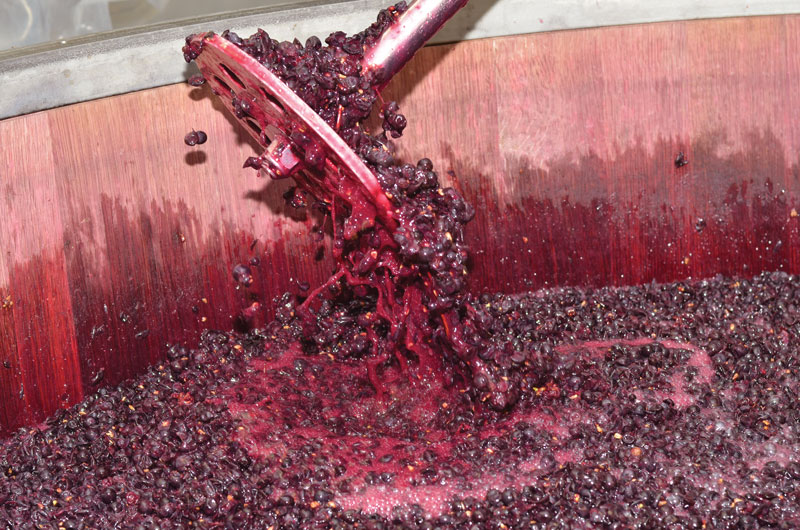Articles
Topic: Yeast & Fermentation
Dubunking Consumer Myths, Yeast Impact on MLF & pH Adjustments
If you sometimes prefer your red wines served a little on the cool side or are not afraid of buying high-end wines with screw cap closures, you aren’t alone! The Wine Wizard shares her “consumer myths” that need to be debunked. Plus, the role your yeast choice plays on malolactic fermentation, and advice on adjusting a high-pH juice.
Finishing Wines With a Secondary Fermentation
Most red and some white wines are put through a secondary malolactic fermentation (MLF). The process converts malic acid to lactic acid, which smooths out harsh flavors while adding a richness on the palate, as well as contributing to the stability and aging potential of the wine. Learn when a wine should go through MLF, how to do it, and ways to test for it.
Call of the Wild
Wild fermentations can often bring a level of complexity to a wine not always found using commercial Saccharomyces strains. But the tradeoff for that complexity is higher risk. What if you could introduce the good microbes of a wild fermentation to your wine without the risk? There are techniques, along with new isolated non-Saccharomyces yeasts, that can do just that.
Keys to Successful Fermentations
No two fermentations are the same, which means that there is always more to be learned with each one! Give your yeast the best chance for success by creating an ideal environment for a clean fermentation.
Non-Conventional Yeast: Tailor-made solutions for new challenges
Many of us in winemaking were trained to trust Saccharomyces yeast and not leave our wines to chance with wild strains. But winds of change are in the air and yeast companies are now turning to many non-Saccharomyces yeasts for certain purposes.
The Alcohols
Ethanol may be the most prominent and well-known alcohol in wine, but it is not the only one to play a large role in a wine’s character. Learn about the various alcohols in wine.
The ABC’s of MLF
If you make your own wine, no matter what kind, the concept of malolactic fermentation (MLF) should be well embedded in your mind. Learn some of the basics of MLF.
Red Wine Fermentation Considerations
When I was assigned the story detailing the decisions that come up during red wine fermentations, I began to block out the options and decision trees that occur before, during, and after
White Wine Fermentation Decisions
Whether it is choosing a yeast strain, halting fermentation with a little residual sugar, putting a wine through malolactic fermentation, or a myriad of other options, there is a lot to consider when fermenting white wines.
Lower Alcohol Wines
Rising temperatures have led to grapes that are higher in sugar and lower in acid at harvest. Winemakers are beginning to look at microbial strategies to help keep wines in balance with lower alcohol levels and increased acidity.
The Tale of the Stuck Fermentations
A fermentation is “stuck” when it fails to reach the desired conversion level of sugar, usually coming to a halt somewhere below 10 °Brix. It does not refer to a failure to start,
Fantastic Fermentations
Careful attention must be paid to fermentation to achieve great wine. We gathered experts from four different yeast laboratories to glean advice on selecting yeast strains, co-inoculation, optimal fermentation conditions, and more.
Wine Fermentation 101
Fermentation is a chemical reaction that takes place when yeast turns sugar into carbon dioxide and alcohol. Obviously, this is a critical part of the entire process. A yeast cell will turn
Malolactic Fermentation
Malolactic fermentation (MLF) is a secondary fermentation occurring when malolactic (ML) bacteria become active in the presence of malic acid. Bacteria may be present naturally in fresh grape juice or wines. It
Controlling Fermentation Temperature
Many hobby winemakers believe that fermentation temperature control is beyond their reach — but this isn’t so! Discover how to keep temperatures in the proper range.
Fermentation Temperature Control
This cooling setup keeps wine must within just a few degrees of target temperatures.
Fermentation Dynamics
There are temperature ranges advisable for fermenting all wine styles, but how does each end of that range affect the aroma, taste, and body of your wine?
Fermentation Temperature Control
For those that would like to start getting a better handle on the fermentation temperature of their wines, you’ve found the right spot.
Choosing Your First Fermenter
Explore the options for your first fermentation vessel.
Malolactic Fermentation for Beginners
A quick explanation of what malolactic fermentation is, and how/when you may want to do it.
Stopping Fermentation
Learn how to stop fermentation before reaching dryness, plus when and why a winemaker may wish to do so.
Wild Yeast Fermentation
Wild or native yeasts, according to a general definition, occur naturally in the air or on surfaces. While the word, ‘wild’ might give the romantic impression that winemaking’s native yeasts come from
Modern Malolactic
There once was a time when MLF only happened spontaneously in winemaking. These days, however, winemakers have more choices when it comes to performing MLF.
Sur Lie Aging & Bâttonage
An introduction to sur lie aging and why you may want to consider it for your next batch.
Year in the Life of a Wine: Part IV (Good Fermentations)
In the fourth installment of our year-long series about how homemade wine is made using home-grown grapes in Upstate New York, it’s time to check on finished fermentations and prune the grapevines.
